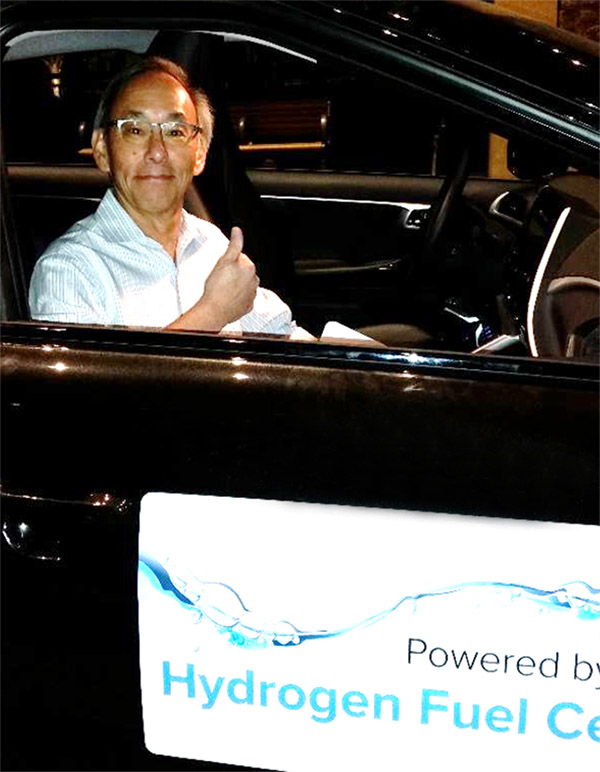Nobel laureate and former Energy Secretary gets driven in one of the world's first commercially available fuel cell electric cars to the 232nd ECS meeting for his keynote speech, particularly fitting because electrochemistry was at the heart of enabling this technology. Forty years ago, government, national labs and industry convened to brainstorm options for reducing dependence on foreign oil and the DOE fuel cell program was born. Since then, researchers made great strides, reducing platinum content and improving electrode performance, achieving dramatic cost reductions and durability improvements, eventually enabling industry to commercialize fuel cell technology.

Given that this week is the 40th anniversary of DOE as well as celebration of National Hydrogen and Fuel Cell Day on October 8, aptly chosen for the atomic weight of hydrogen (1.008), Professor Steven Chu's entry to the ECS meeting via fuel cell electric vehicle - the very first at any ECS conference was quite a sensation! There are three fuel cell car models now commercially available in limited regions with a driving range of up to 360 miles, a few minutes to refuel, fuel economies of up to 67 mpgge and completely pollution free from the tailpipe. At his keynote speech, Steven Chu spoke of exciting advances in the carbon-free production of hydrogen and CO from electrochemical reduction of CO2 to H2 and CO the first step to the production of liquid fuels.